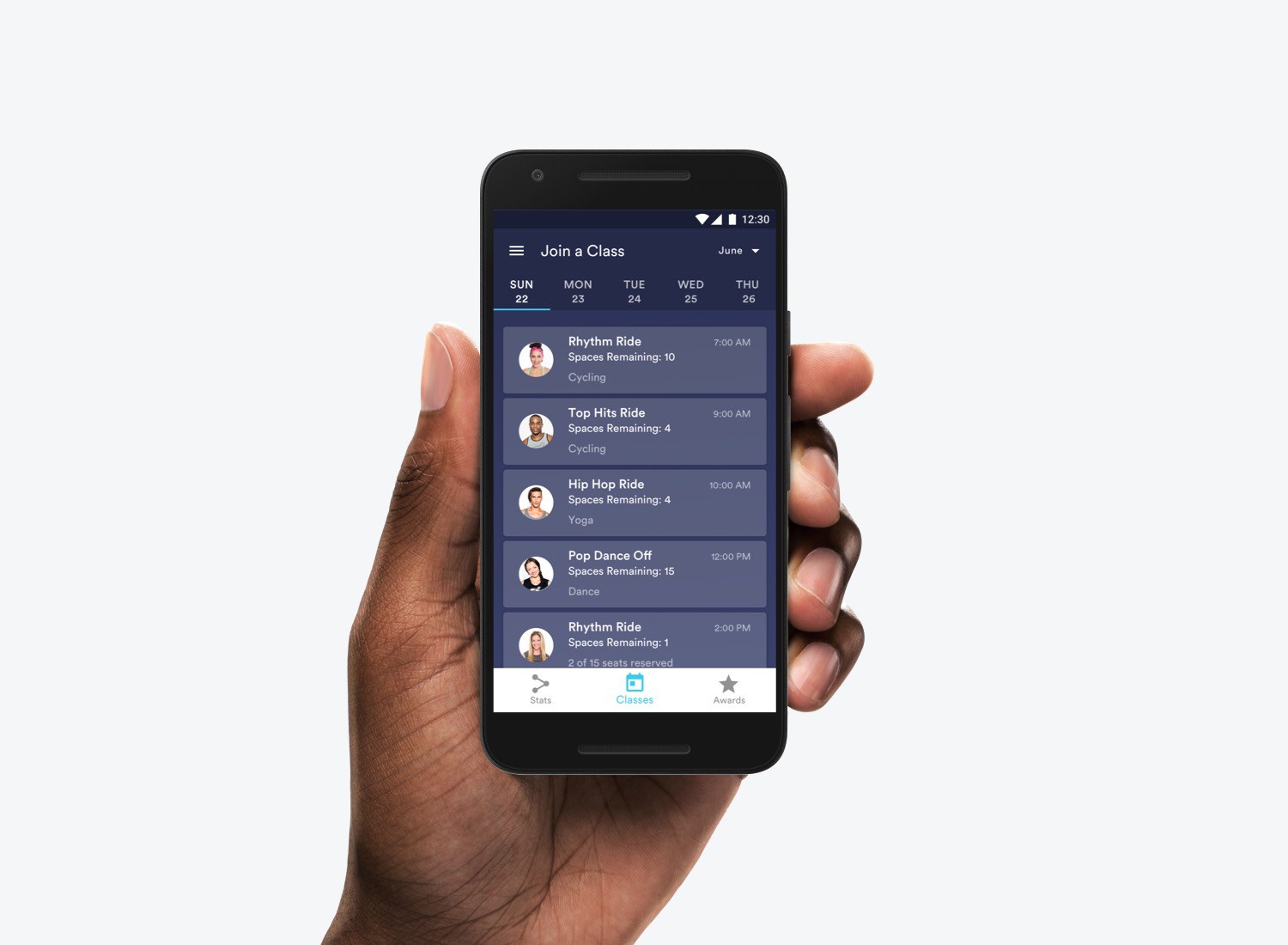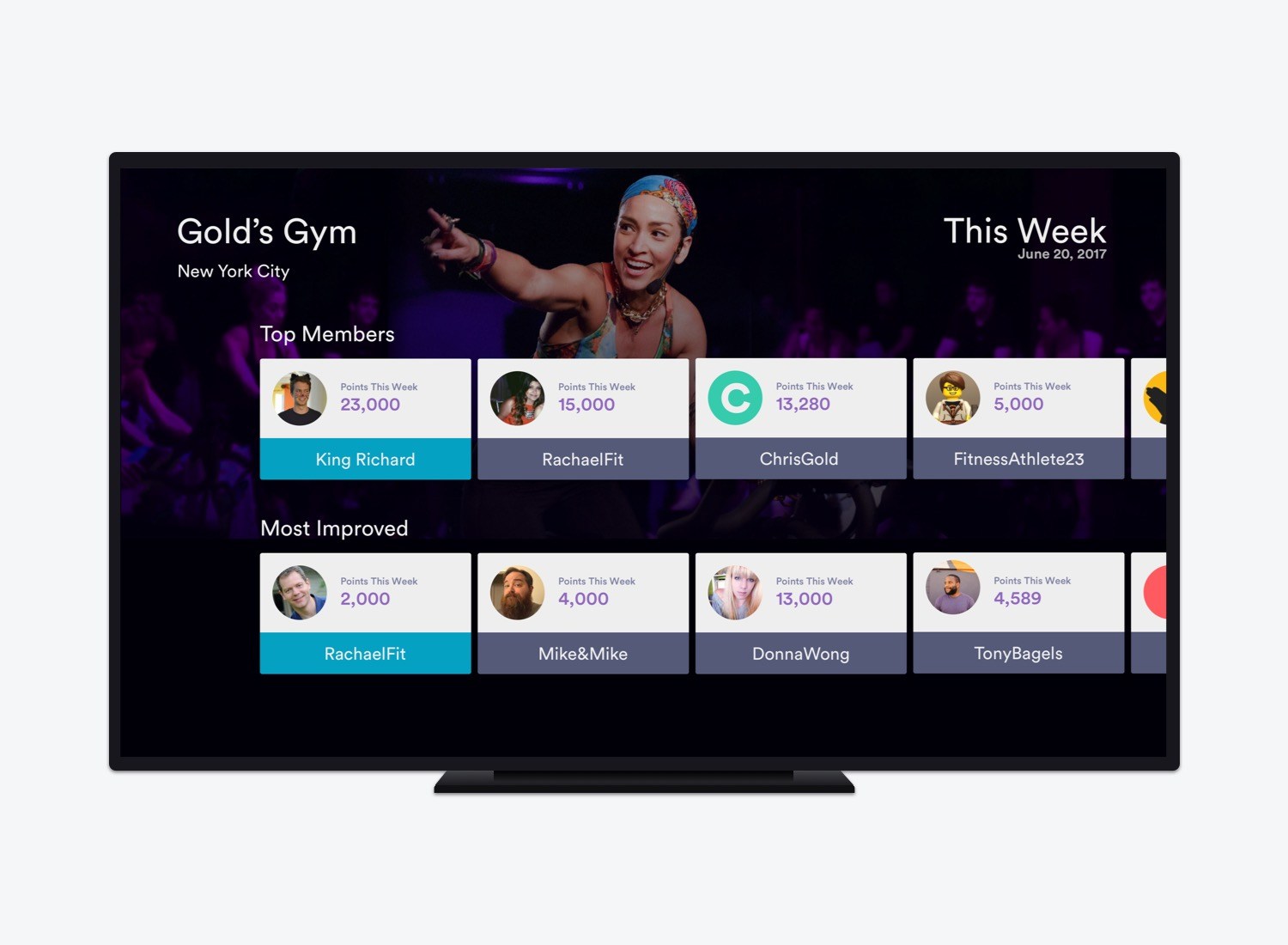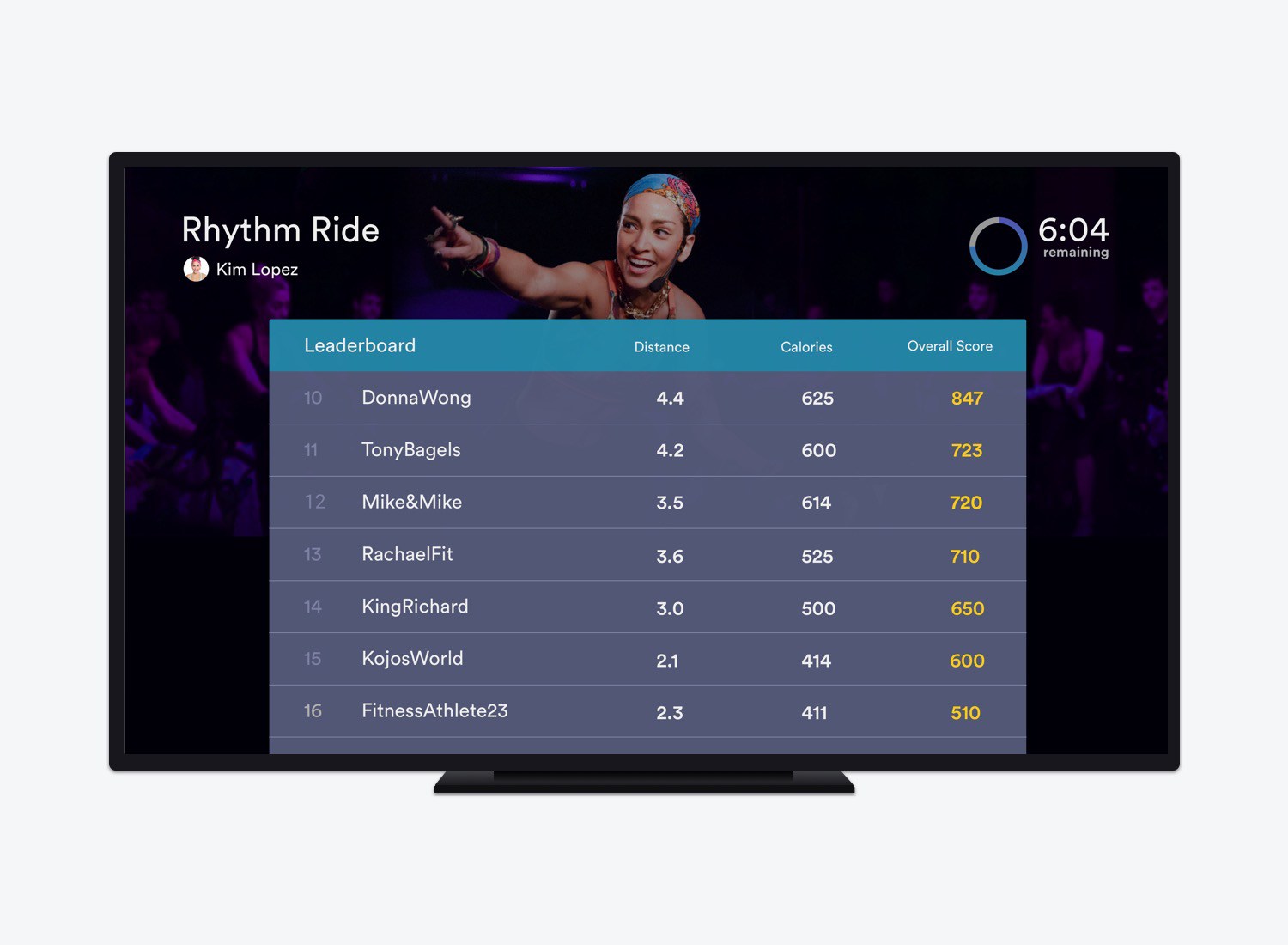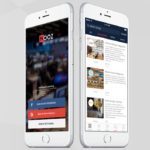The Workout Dilemma
The lack of positive reinforcement and rewards in fitness applications is a common grievance for many who are new to fitness classes and tracking goals. If fitness centers had a service that allowed them to focus on online community building and rewards, they could drastically increase member sign-ups, class sizes, and member retention. After conducting user interviews, it became apparent that users want to get involved in online communities and be rewarded for their accomplishments.
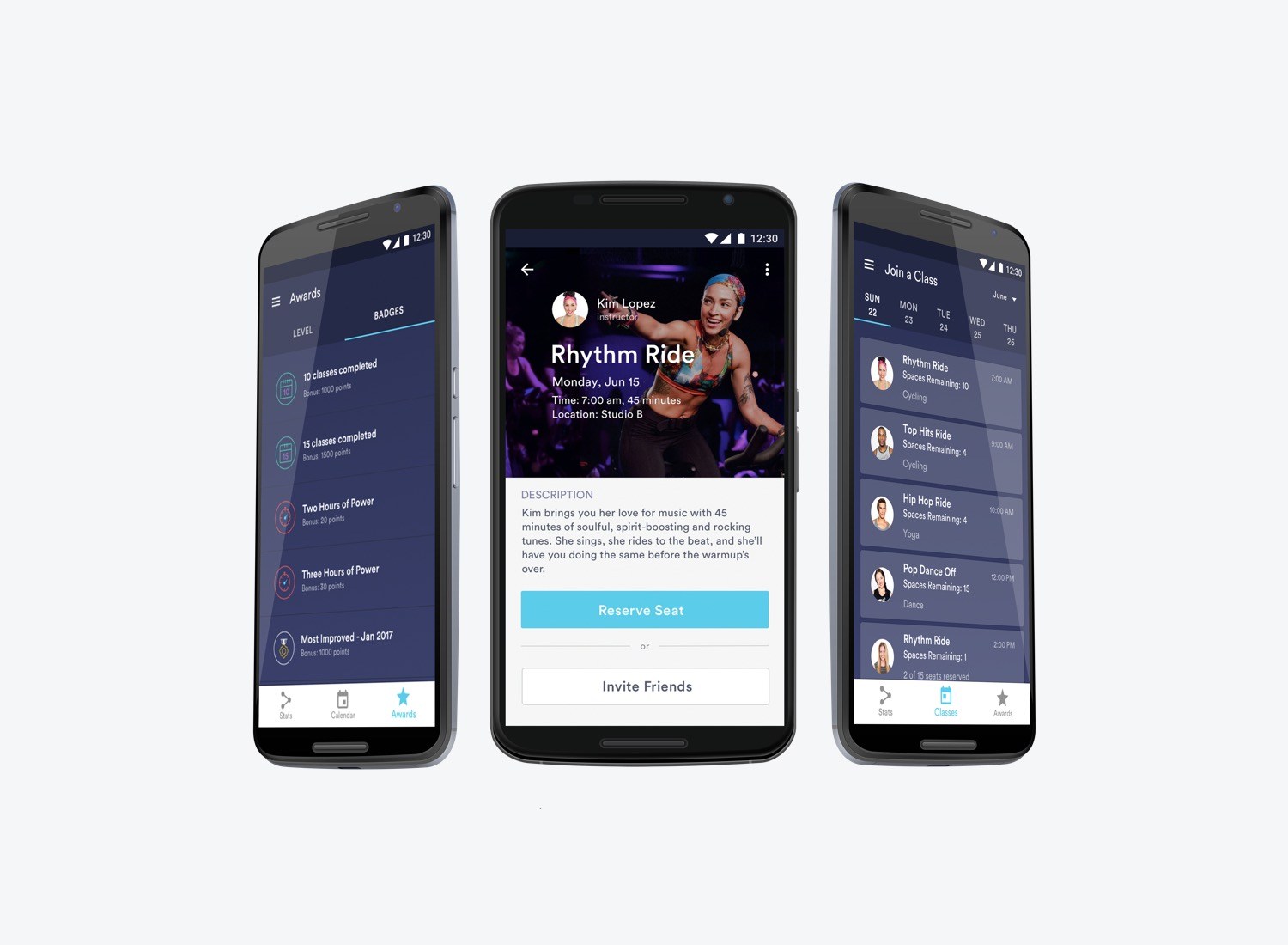
Goals
The primary business goal is to increase fitness center usage and class attendance to increase revenue. Fitness centers should also be able to capture enough user data (example: age, name, statistics, gender, location, classes taken, instructor) to see what demographics need to be targeted and make adjustments to help those who are lower performers. For example, the business should be able to filter data and see that an instructor has a hard time getting older demographics to improve in their class.
User Interviews
We interviewed a 14-year-old male, a 42-year-old male, and a 22-year-old female and created personas based on their input. We asked general questions such as: how often they exercise, if they have ever used a leaderboard before, how motivated are they to workout, what experience would they like to have at a gym, etc. They each expressed some major needs that they wanted from the application.
- An easy way to check my statistics and see their rank in relation to the rest of the local gym
- Send rewards and badges to the users to motivate them to stay.
- Allow users to invite their friends to a session, so they feel more motivated to attend.
- View historical data, so progress can be tracked to enhance the user’s motivation.
- One user loved how he got different belts in karate to show community status. It would be great to add levels (represented with a color), so gym members can tell others what level they are and promote friendly competition.
- Allow users to challenge friends and possibly make bets on who will have better performances.
Key Decisions
- Welcome Screen: On this screen, users should be able to quickly login using social networks. The secondary action is to manually create an account. Users will need to do the registration process in both cases
- Create Account Screen: A username is needed for the leaderboard and to join a class. Email addresses are provided at the time of joining the fitness club so that should be auto-filled. The field should always be present since some users will create an account prior to registering with the code.
- Registration Screen: This code is provided by each unique fitness club. This acts as the foreign key, so we know what gym the user attends and their email address.
- Find Class Screen: In the top navigation, the date drop-down is for users to choose a specific date. The default is the current day with the next 6 days. I decided to limit to one week because the user’s need to be shown the most relevant information. This also keeps this screen from becoming unnecessarily complex.
- Statistics Screen: Users said they wanted an overview of their statistics but also have the option of seeing other chunks of time. I added fairly standard time chunks of 1 week, 3 months, 6 months, and 1 year.
- Awards Screen: Users should be able to see their badges and how close they are to progressing to a new level (progress bar). Users want to see where they are and what is the next thing for them to accomplish. This will help bring motivation.
- Data Collection: The following fields should be collected from users: age, gender, location, birthdate, email, username, and device connections. The reason for this data is so we can have better filtering on the statistics screen of the mobile app and the class leaderboards. With is data we can sort and filter by age, location, exercise type, gender, and gain greater insights into our users.
Brand Identity
Fitden’s brand loosely follows the Material Design guidelines in certain areas, but at the same time has its own distinct voice.
Name: The name Fitden is a combination of Den, which is a gathering or meeting place for family and communities, and Fitness.
Slogan: Good things come to those who sweat.
Typography: All text is aligned to a 4dp grid. Circular was chosen as the primary font because it is modern, doesn’t draw attention to itself (unless you are a designer), and is substantial even in lighter weights. I am a big fan of geometric sans. Big, bold, and readable fonts work great in so many environments.
Icons: A custom icon set was created for the user achievements and badges. The system icons are courtesy of Material Design Icons by Google.
Visual Solutions
Product Roadmap – Future Development
In the future, this application will add many new features as our market broadens. Some new features that we plan on implementing are listed below:
- Extend to non-fitness class users (i.e. just going to the gym for a solo workout).
- We also plan on adding Android Pay, so users can pay for one fitness class at a time, visit a gym outside of their home network, and pay for one-on-one training with a personal coach.
- The ability for community members to directly communicate will greatly increase community bonds.
- Allow users to challenge their friends to duels and compete against one another.

